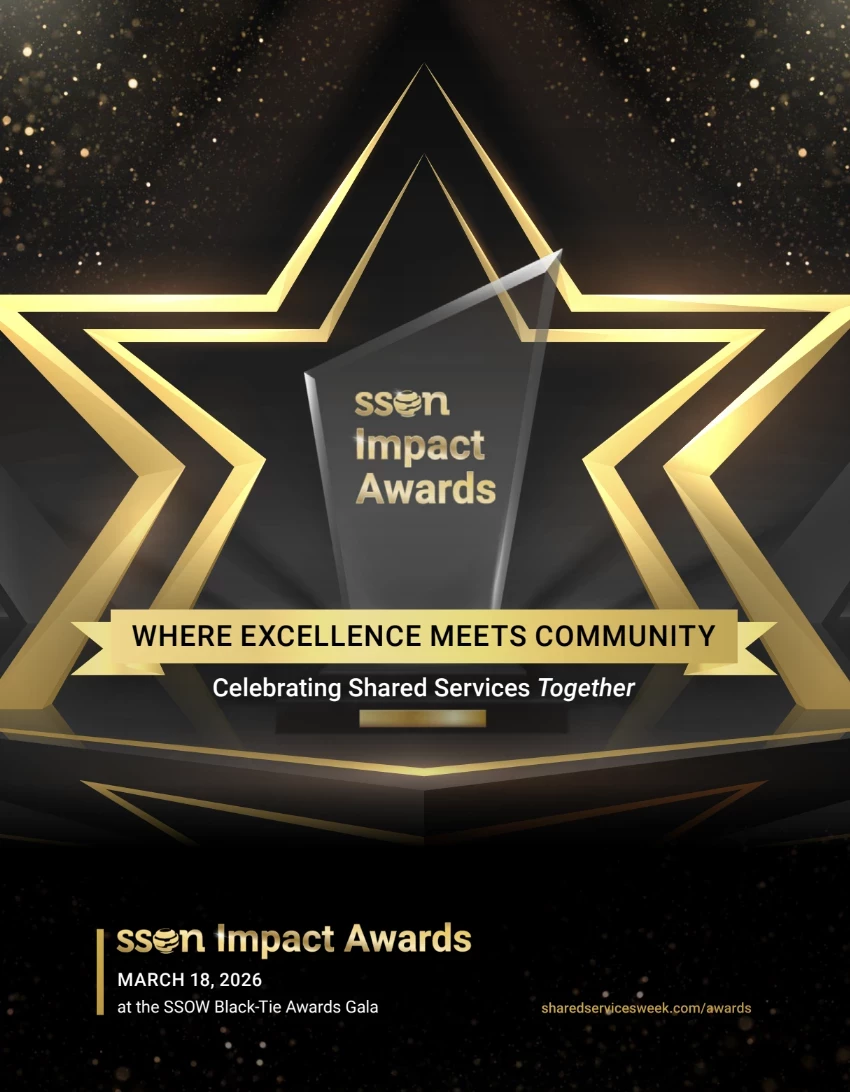
Centers of Excellence are in the headlines. SSON Analytics data tells us nearly 60% of global shared services already operate COEs, with another 20% planning to do so soon.
In this last article of a three-part series, SSON columnist and communications expert Aniisu Verghese outlines the value of investing in communications as a Center of Excellence: What does it take for organizations and communication teams to get there? And how are such teams built as the organization reframes how communications is perceived?
Part 3: Charting A New Direction
In the first part of this series, I addressed the trends and importance of having organizations consider communications as a center of excellence (COE) (see part 1 and part 2). By converging strengths, drawing on skillsets across the globe and solving business problems, enterprises can drive immense value – internally and externally; internally, by having connected, aligned and inspired staff; and externally, by raising the profile of the brand image and improving engagement with key stakeholders.
Institutionalizing Communications
After progressing along the journey with some quick wins, the COE can define the scope for three tracks of work: ‘lights-on’ engagement, core deliverables, and speculative renderings.
Lights-on engagement is about the recurring parts and pieces of communications – from the ongoing and regular messages to reporting standards which form the bedrock of communication management. Core deliverables will include planning, delivery and monitoring outcomes. Speculative renderings cover forward thinking and ideation, which are based on research-led developments for future engagements.
It is always good to scan for best practices both inside and outside the company and build a knowledge repository as well as learning paths for the team.
Building Expertise and Depth
Having a team that is passionate about communications as a shared services is important. Often, the work stream and load can get repetitive so giving the team the latitude to be creative and yet follow the brand standards can go a long way in building trust and engagement.
While hiring for a central function for communications, the costs of hiring and creation of material will be lower. Likewise, there is greater accountability, and the speed of turnaround is better. There are also fewer risks in managing content in-house and that will be among the bigger benefits for the team. It is important to develop newer skills and capabilities and showcase deep expertise while engaging at all levels of the organization. The important skills needed for the team are program management, business acumen, communication basics like writing design, storytelling and the understanding of technology and tools.
Managing Stakeholder Expectations
With work established internally, the opportunities for building strong and healthy relationships are greater. Defining and communicating agreed ways of working and protocol helps immensely. As a team, following up and following through must be part and parcel of the engagement. Taking stakeholder feedback real-time and continually can improve long-term value. Finally, it is about service reliability – what you commit is what stakeholders must get, if not better outcomes.
Driving Value
It is not enough just delivering to the standards defined. Unless there are systems and processes which draw on insights through dashboards and metrics, the team may not be able to evolve. There is a need to showcase the value generated and avoid getting into the cost discussions because that can distract from the purpose of communications. Using technology and tools to derive the best value from data, knowledge and content can be immensely beneficial. Tapping the power of artificial intelligence and machine learning for communications deliverables is much needed. By continually raising the bar, the communications team will be invited to keep contributing to the success of the organization.
In sum, the journey to build and sustain a communications COE will take a clear vision, focused execution plan, deep patience and commitment. The benefits far outweigh the downsides of centralizing and giving autonomy for communications to play a key role in the success of the organization.
Views expressed are personal
Aniisu K. Verghese Ph.D. is an award-winning corporate communications and social responsibility practitioner with over 20 years of experience in leading multinational organizations. He is the author of Internal Communications – Insights, Practices and Models and is passionate about engaging communicators and students through workshops, speaking engagements, teaching assignments and blogging.























